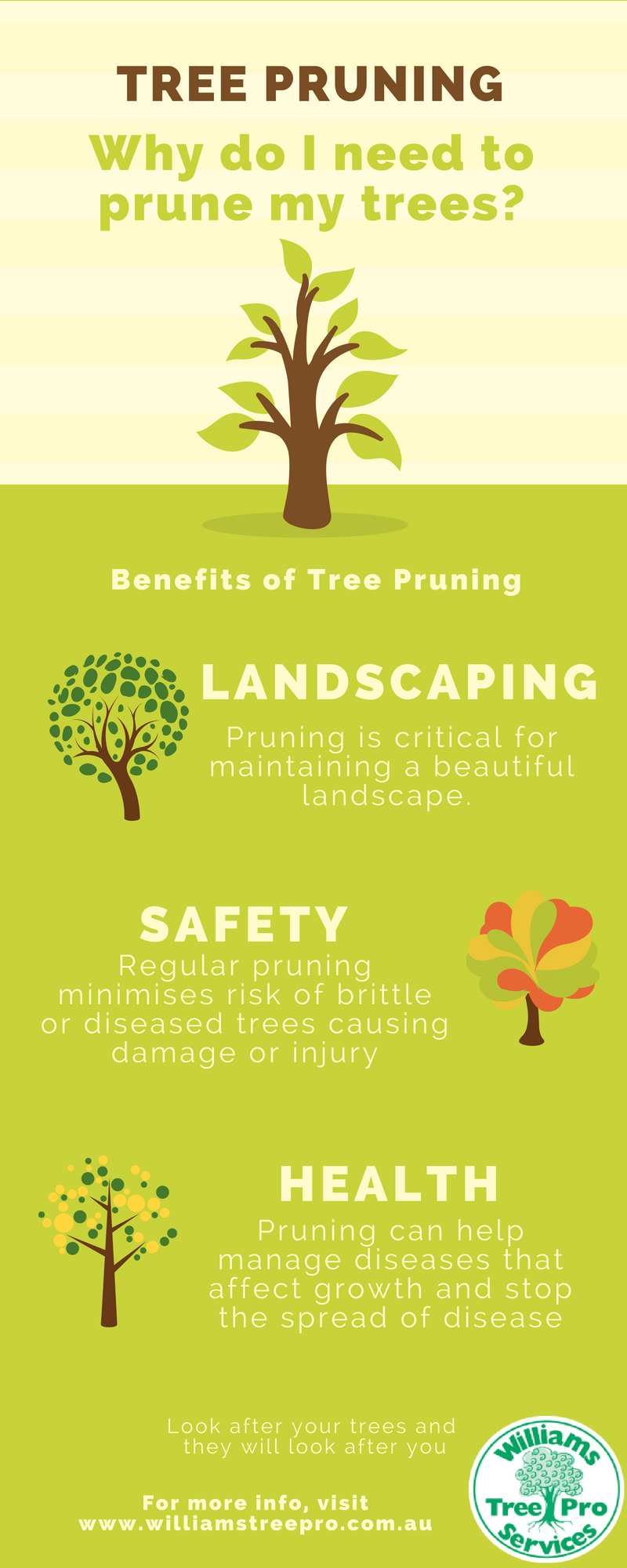The Future Of Trees: How To Determine When Removal Is Called For
The Future Of Trees: How To Determine When Removal Is Called For
Blog Article
Material Develop By-Bailey Harrington
If you have actually ever before wondered about the destiny of the trees on your residential or commercial property, recognizing when it's time for elimination is important. Yet exactly how do you determine if a tree can be saved or if elimination is the only option? By searching for specific signs and reviewing security threats, you can make enlightened choices that benefit both your landscape and your surroundings. Allow's discover the key variables that enter into play when choosing the destiny of a tree and how you can ensure the very best end result for your environment-friendly companions.
Indications of Tree Decrease
If you see any of the following indications of tree decline in your backyard, it may be time to consider tree elimination.
One usual indication is dead or rotting branches, which can indicate underlying concerns affecting the tree's health. Keep an eye out for stained or wilted fallen leaves that persist even with appropriate treatment, as this could be an indication of disease or pests.
An additional warning signal is too much leaning or a visible shift in the tree's base, which might recommend origin concerns or structural instability. Keep an eye out for fungal development on the trunk or roots, as this can indicate rot and compromise the tree's security.
Additionally, if you observe huge splits in the trunk or significant limbs, it's vital to deal with these issues without delay to stop potential dangers. Attending to these indicators of tree decline immediately can aid preserve the safety and security and visual appeals of your backyard environment.
Safety and security Issues
To ensure the well-being of your residential property and those around you, focusing on safety concerns associated with trees is critical. Trees can pose different safety risks otherwise effectively maintained. Dead or worn out branches may drop suddenly, jeopardizing people or damaging structures.
Leaning trees can likewise be dangerous, specifically if they're leaning towards a building or high-voltage line. In addition, trees with extensive origin systems near structures or below ground energies can trigger significant damages over time.
It's essential to consistently inspect your trees for any indicators of prospective danger. Keep an eye out for cracks in the trunk, huge cavities, or indicators of condition and decay. If you discover any of these concerns, it's best to consult with a professional arborist to analyze the circumstance and figure out the needed strategy.
Taking aggressive steps to address safety and security concerns without delay can protect against crashes and property damages in the future. Bear in mind, the safety of your building and those around you need to always be the top priority when it involves tree upkeep.
Consulting an Arborist
When considering the health and safety of your trees, seeking advice from an arborist is an important action. Arborists are educated experts who focus on the care and maintenance of trees. They can examine the total health of your trees, identify any type of concerns such as diseases or architectural issues, and supply expert referrals on the most effective course of action.
By speaking with an arborist, you can obtain important understandings right into the problem of your trees and figure out whether removal is necessary. Arborists have the understanding and experience to assess the dangers associated with keeping a tree versus removing it. They can also provide guidance on alternative services, such as trimming, cabling, or supporting, to aid protect the tree whenever possible.
In addition, arborists can assist you browse any neighborhood laws or permits that might be needed for tree elimination. https://www.oregonlive.com/hg/2020/02/ask-an-expert-its-not-easy-to-root-apple-tree-from-cuttings.html can make sure that the procedure is carried out safely and in conformity with any kind of applicable legislations.
Verdict
In conclusion, when figuring out whether trees can be conserved or if removal is essential, it is essential to think about signs of decline and security concerns. Consulting an arborist for a detailed analysis is necessary in making the very best decision for the tree's wellness and potential risks. Remember, aggressive treatment and prompt action can help maintain trees and avoid accidents.
